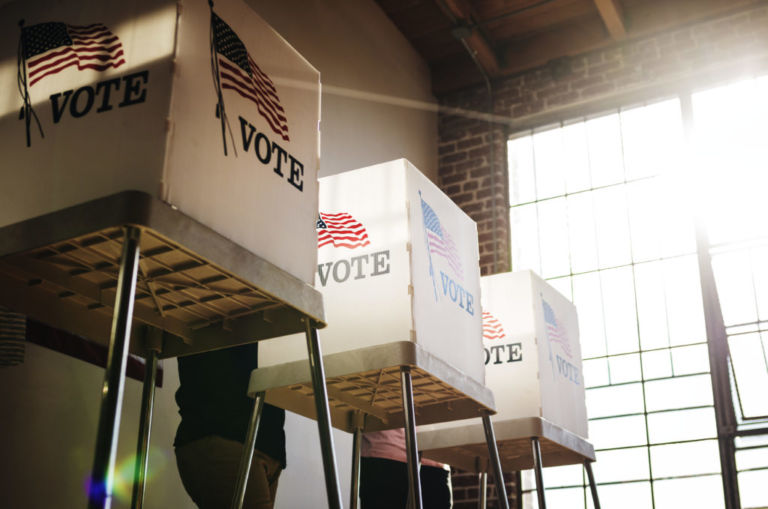Jay Greene writes for the Washington Examiner about a significant achievement for Florida’s governor.
Gov. Ron DeSantis (R-FL) has a plan for freeing public universities from the stranglehold of their diversity, equity, and inclusion bureaucracies. Before DeSantis launched this effort, it was widely believed, even among those who recognized the dangers of DEI, that there was really nothing public officials could do about the problem. Just like the weather, it was simply something we would all have to learn to live with. Public universities were thought to be outside of political control, and academic culture was thought to be too committed to DEI goals. But DeSantis is proving that something can be done. His plan is likely to make significant progress in dismantling DEI in higher education.
DeSantis is showing that DEI is not beyond the reach of elected officials, at least not at public universities. In most states, public universities are state agencies, just like the Department of Motor Vehicles or the Game and Fish Commission. They may have their own boards of trustees, but those boards were created, and can be modified, by legislation, and their activities are governed by state laws and regulations. States can reorganize how public universities are structured to achieve public purposes better, just as they can reorganize the DMV. Lawmakers may alter the size and composition of the Game and Fish Commission, as well as the process for appointing those officials, and they can do the same with the boards of public universities.
In the past, state officials refrained from addressing the rise of DEI bureaucracies in public universities, not out of an inability to do so legally but from a conviction that it was somehow inappropriate for them to interfere. DeSantis’s innovation was to recognize that this self-restraint was unnecessary, counterproductive, and based largely on a misunderstanding of what DEI bureaucracies actually are.
DEI units at universities are not faculty, nor are they engaged in the core functions of teaching and conducting research.


